Worksheet Test
Part 1: Multiple Choice
Choose the best answer for each question.
-
What is a complex fraction?
a) A fraction with a complex denominator
b) A fraction with a complex numerator
c) A fraction with both a complex numerator and denominator
d) A fraction with a decimal numerator and denominator -
What is the first step in converting a decimal to a complex fraction?
a) Multiply the numerator and denominator by the same power of 10
b) Divide the numerator and denominator by the same power of 10
c) Convert the decimal to a mixed number
d) Convert the decimal to a fraction with a denominator of 10 -
What is the second step in converting a decimal to a complex fraction?
a) Multiply the numerator and denominator by the same power of 10
b) Divide the numerator and denominator by the same power of 10
c) Convert the decimal to a mixed number
d) Convert the decimal to a fraction with a denominator of 10 -
What is the final step in converting a decimal to a complex fraction?
a) Simplify the fraction
b) Write the fraction as a mixed number
c) Multiply the numerator and denominator by the same power of 10
d) Divide the numerator and denominator by the same power of 10 -
What is the complex fraction equivalent of 0.5?
a) 1/2
b) 5/10
c) 50/1000
d) 2/4
Part 2: Short Answer
Answer each question briefly and concisely.
- What is a terminating decimal?
- What is a repeating decimal?
- How do you convert a repeating decimal to a fraction?
- How do you simplify a complex fraction?
- How do you add or subtract complex fractions?
Part 3: Problems
Solve each problem and write your answer as a complex fraction.
- Convert 0.25 to a complex fraction.
- Convert 0.6 to a complex fraction.
- Convert 0.125 to a complex fraction.
- Convert 1.75 to a complex fraction.
- Convert 0.2 to a complex fraction.
Part 4: Bonus
- What is a non-terminating, non-repeating decimal?
- Can a non-terminating, non-repeating decimal be converted to a fraction? Why or why not?



